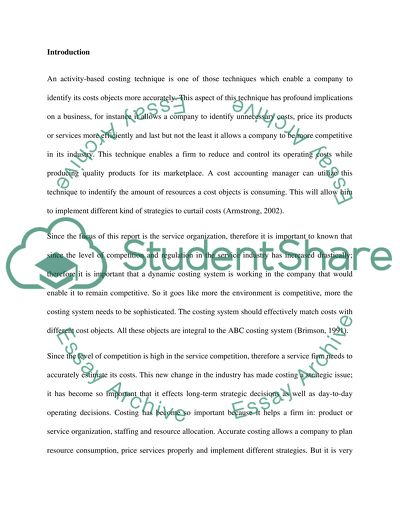Cite this document
(“Crocargo Logistics Essay Example | Topics and Well Written Essays - 2250 words”, n.d.)
Retrieved from https://studentshare.org/finance-accounting/1398224-activity-based-costing-system
Retrieved from https://studentshare.org/finance-accounting/1398224-activity-based-costing-system
(Crocargo Logistics Essay Example | Topics and Well Written Essays - 2250 Words)
https://studentshare.org/finance-accounting/1398224-activity-based-costing-system.
https://studentshare.org/finance-accounting/1398224-activity-based-costing-system.
“Crocargo Logistics Essay Example | Topics and Well Written Essays - 2250 Words”, n.d. https://studentshare.org/finance-accounting/1398224-activity-based-costing-system.


